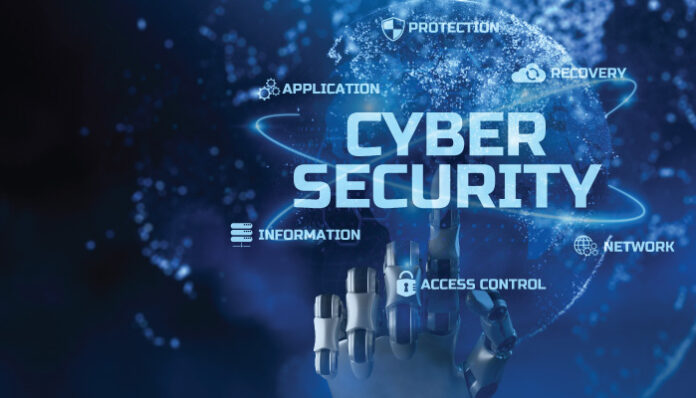The majority of human behavior is generally predictable, making it simple for threat actors to get beyond even the most advanced security measures by preying on their flaws (biases, diversions, carelessness, etc.). Therefore, developing a human-layered cybersecurity defense plan is crucial for enterprises.
Despite the fact that enterprises spend billions of dollars annually on cybersecurity, Betanews reveals that 93% of all networks are vulnerable to hacking. This is due to the fact that most organizational approaches to cybersecurity still place an excessive amount of emphasis on strengthening technology controls rather than concentrating on the weakest link—humans.
While breaching security systems may require advanced knowledge, breaching humans only requires common sense.
It’s important for businesses to reconsider their cybersecurity strategy and make investments to build a human-layered cyber security defense rather than just concentrating on a technology-oriented one.
Here are a few strategies that can assist companies in creating a human-layered security protection strategy.
Establish a cooperative work environment
Firms must use websites, labs, online and virtual tools for forensic investigation, malware analysis, and penetration testing as a rule rather than the exception. They must also develop weekly opportunities for their teams to cross-train in other disciplines.
Companies should put together a team that competes in both internal and external organizational competitions of attack and defense. Organizations could also develop internal wikis and training sessions that enable coworkers to serve as each other’s weekly and monthly tutors.
Also Read: Industries become increasingly Vulnerable to Cyber-attacks
This makes it possible for the current workforce to continue its education even when financial constraints prevent them from traveling for conferences and formal training. The top teams have a culture of constant cross-training and collaboration among one another. This is crucial in large organizations with scattered teams and diverse tasks distributed among several organizational divisions. Companies should maintain a collaborative culture on a regular basis rather than just during audits or emergencies.
Prioritize altering behaviors rather than just knowledge
The phrase “security awareness” itself is predicated on the idea that by simply raising awareness of cybersecurity problems or risks, people will act more morally and responsibly. It is comparable to the speed limit sign that people sped past. Organizations must be entirely focused on behavior modification for security awareness campaigns to be successful. This is incorporating security principles and ideals deeply enough into an organization’s culture that they permeate every aspect of daily operations. Employees live out these principles in their daily activities and decisions, and these norms may even spread to newcomers.
Also Read: Three Ways to Build an Effective Security Awareness Training Program for 2022
Ensure Teams are Future Ready
Organizations must educate staff members on the most recent trends and attack strategies because the threat landscape is changing so quickly. Training techniques and content that are obsolete can be ineffective. Training needs to be both current and interesting. It is ideal for security teams to apply phishing simulation technologies so that staff members can “fail” in a secure setting, comprehend the effects of their actions, and even establish muscle memory. Try to keep classroom training bite-sized and brief; longer sessions tend to become monotonous and uninteresting. To make training more successful, firms must try to use a balanced combination of multimedia, tabletop exercises, and presentation content. The security maturity of departments and employees varies; thus, training should be tailored to their level of interest and security risk.
Security teams cannot fully protect themselves, given the cybersecurity talent shortage and the growing attack surface. As a result, businesses need to make staff into an extension of the security team. Here, it’s crucial to get the ABCs (awareness, behavior, and culture) correct; the sooner enterprises grasp this, the quicker their transition to human-layered security will be.
For more such updates follow us on Google News ITsecuritywire News









